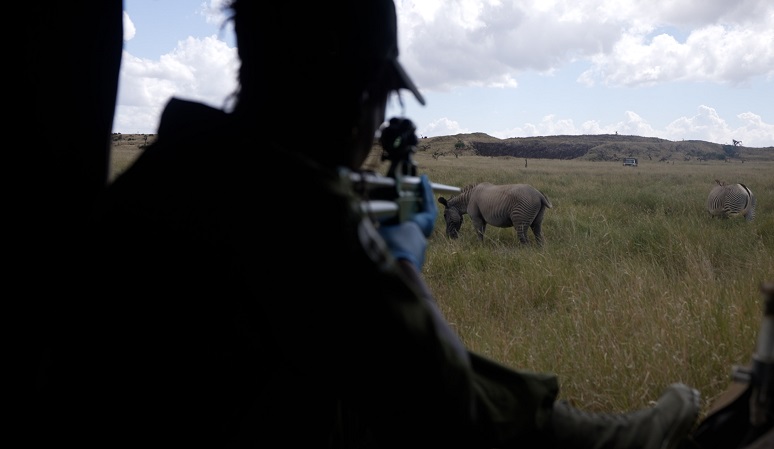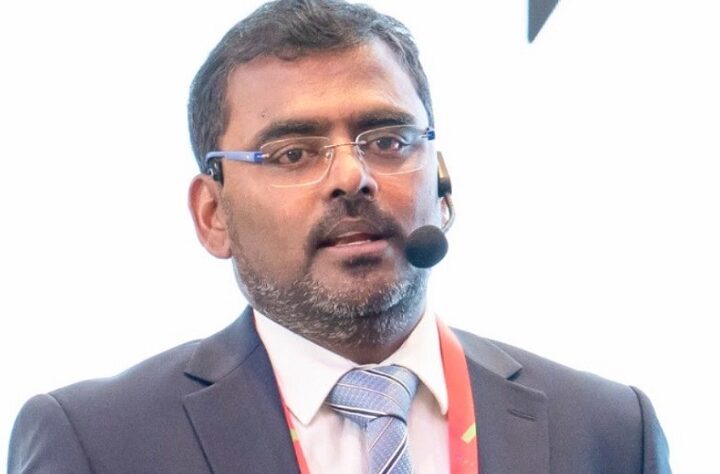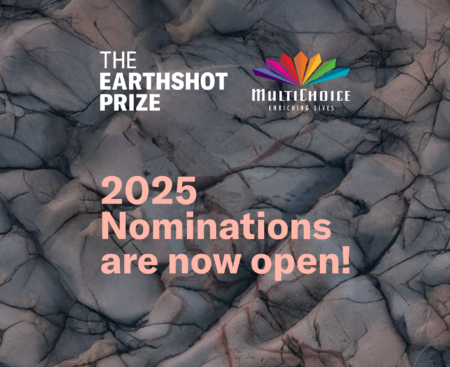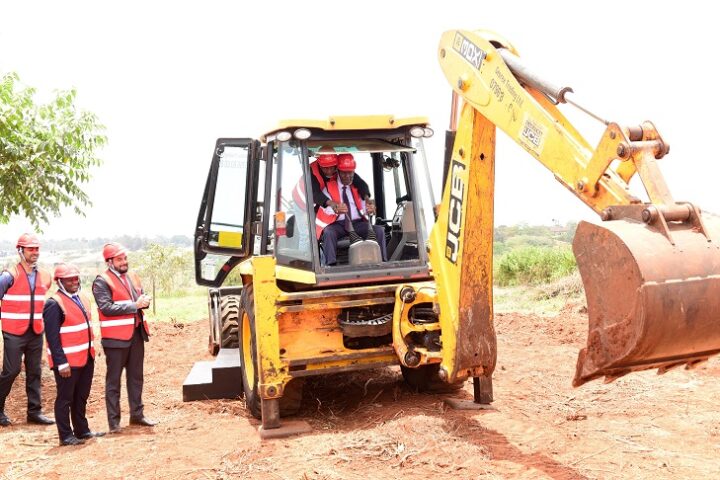Kenya’s landscape is home to over 35,000 species of fauna and flora spanning land and sea. This unique combination earns it a place among the top ten megadiverse countries, which are crucial for preserving not just their natural habitat, but also for contributing to global conservation efforts.
At least 30 different bird and mammal species are threatened with extinction in Kenya due to human activities such as poaching, habitat loss, and climate change. As one of a handful of women working as a senior wildlife vet for the Kenya Wildlife Service, Dr. Mukami Ruoro-Oundo has a vital role to play, tirelessly working to preserve and protect these ecosystems.
She tells CNN, “The role of a wildlife vet here in Kenya means that you have to be able to take care of the health of the animals around you. We are also very heavily involved in human-wildlife conflict. […] We also carry out rehabilitation of wildlife, so this may be sick, abandoned, or orphaned wildlife that we will rehabilitate and then re-wild. We also carry out a lot of research by deploying technological devices such as collars, tags, and things like that on the wildlife in Kenya. We also act as policymakers.”
Jake Wall has dedicated his life to conservation. He is the Director of Research and Conservation for the Mara Elephant project and co-founder of EarthRanger, “A bespoke technology, that’s developed organically and out of the need from the ground.”
The EarthRanger tool has evolved into a global network used in 70 countries across 500 sites and is now tracking 9000 animals in Kenya, supported by the largest Internet of Things network in Africa. Wall explains, “EarthRanger’s providing a means to pull in datasets from all different types of sources, so animal tracking collars, digital radios, handheld trackers, vehicle trackers, satellite imagery, remote sensing alerts on deforestation for instance and fire. And it’s pulling it all into one platform, where it can be readily visualized, analyzed, and then acted upon. And all of that’s giving the operators and managers a bird’s eye view of the situation as it’s happening with real-time tools.”
Dr. Ruoro-Oundo says this innovation is revolutionizing wildlife management and protection in Kenya and beyond, “We’ve had technology help us make decisions when we put tracking devices on animals, we can understand their behavior, understand their home ranges, understand what kind of space they need and their interaction with the natural world, and with people.”
The Sera Community Conservancy in Northern Kenya is dedicated to safeguarding the critically endangered black rhino. Decimated by poaching, by 1990 there were fewer than 400 black rhinos in Kenya. But by the Kenya Wildlife Service count, that number has nearly doubled. Sera Conservancy’s manager Reuben Lendira says, “Sera is the only conservancy in Kenya and East Africa with a sanctuary led by the community.”
For Dr. Ruoro-Oundo, “The rhinos represent something that looks like resilience They have faced a lot of persecution, and they’re resilient in that they are, by themselves, building their population and doing the best they can to survive.”
In February 2024, this community made history once more by relocating four white rhinos from nearby Lewa conservancy to Sera – becoming the first of their kind to step foot in Samburu County. Each of these rhinos was fitted with a GPS ear or horn tag. These devices are being used to track over a thousand rhinos in Kenya alone and have been tailor-made to meet the needs of all kinds of species.
This tech has been a gamechanger for conservation translocations, empowering communities like Sera and supporting conservation by safeguarding not just rhinos but all of Kenya’s wildlife for the future. Dr. Ruoro-Oundo concludes, “In order for us to safeguard the future of the wildlife here in Kenya, I believe it’s going to take a lot of community effort. I also believe that there’s a lot of room for technology in helping us understand how we need to safeguard the health of these animals as well as just their natural environment, so that they can be able to live as naturally as possible.”
Related Content: 110 Aspiring Journalists Join An Academy By CNN To Tell Stories On Climate












